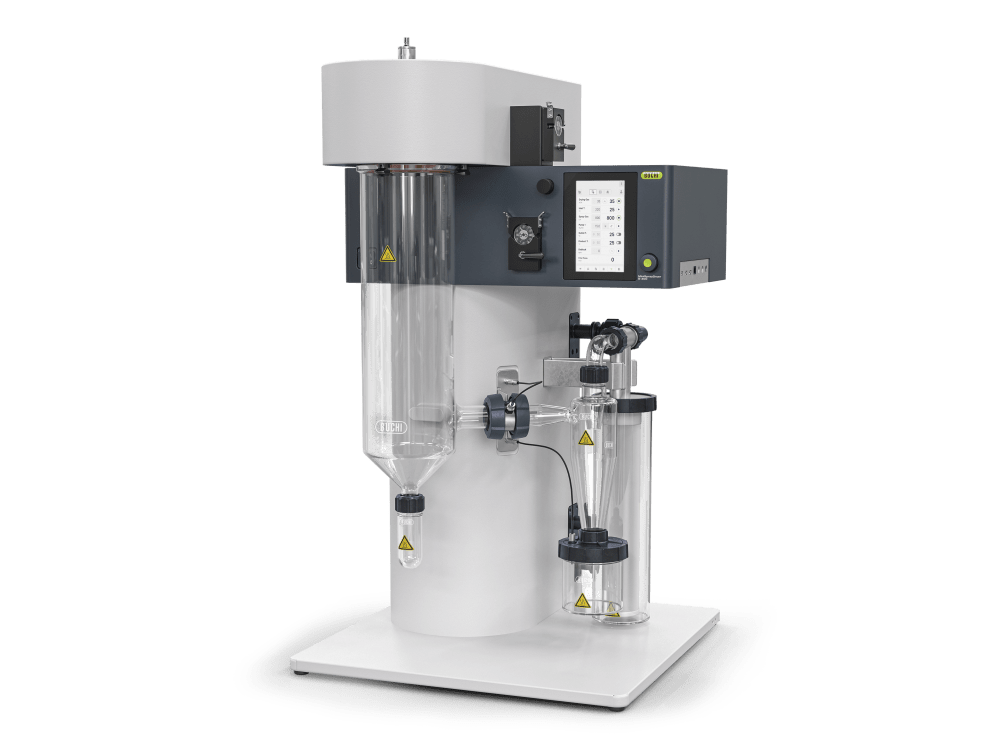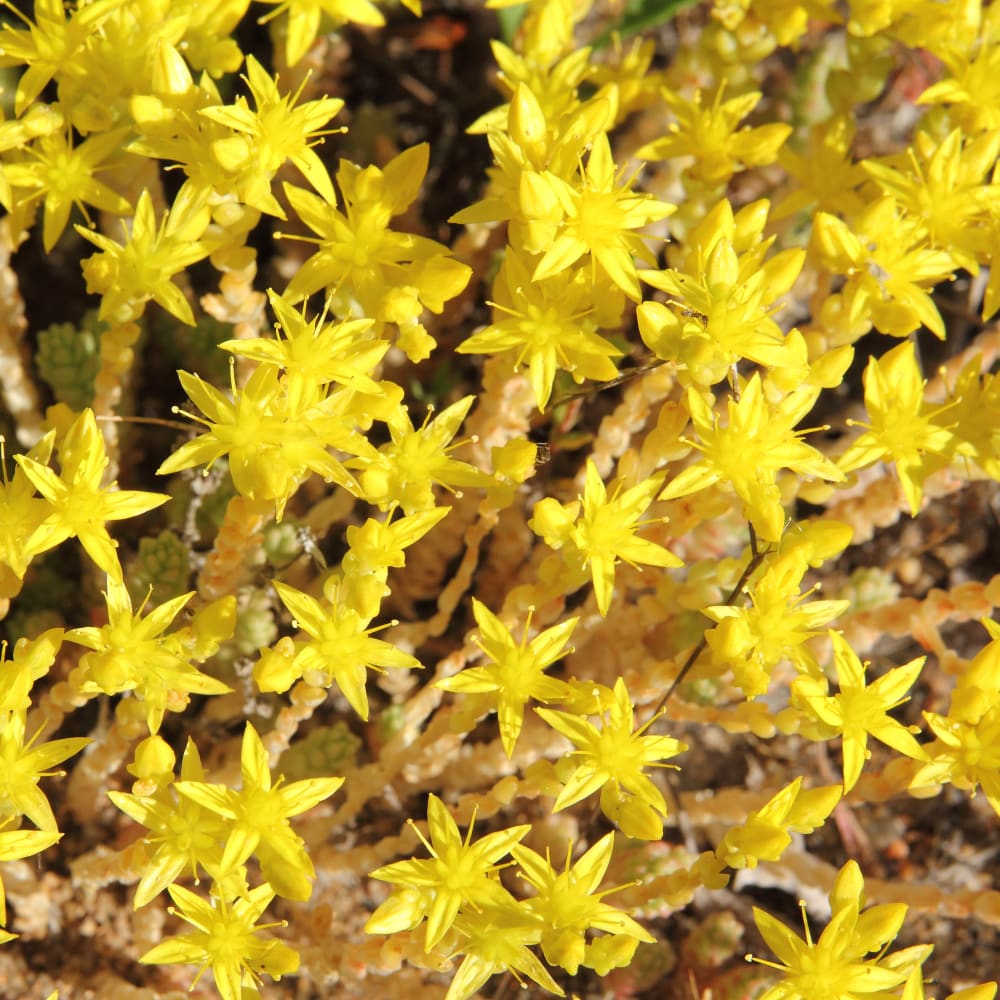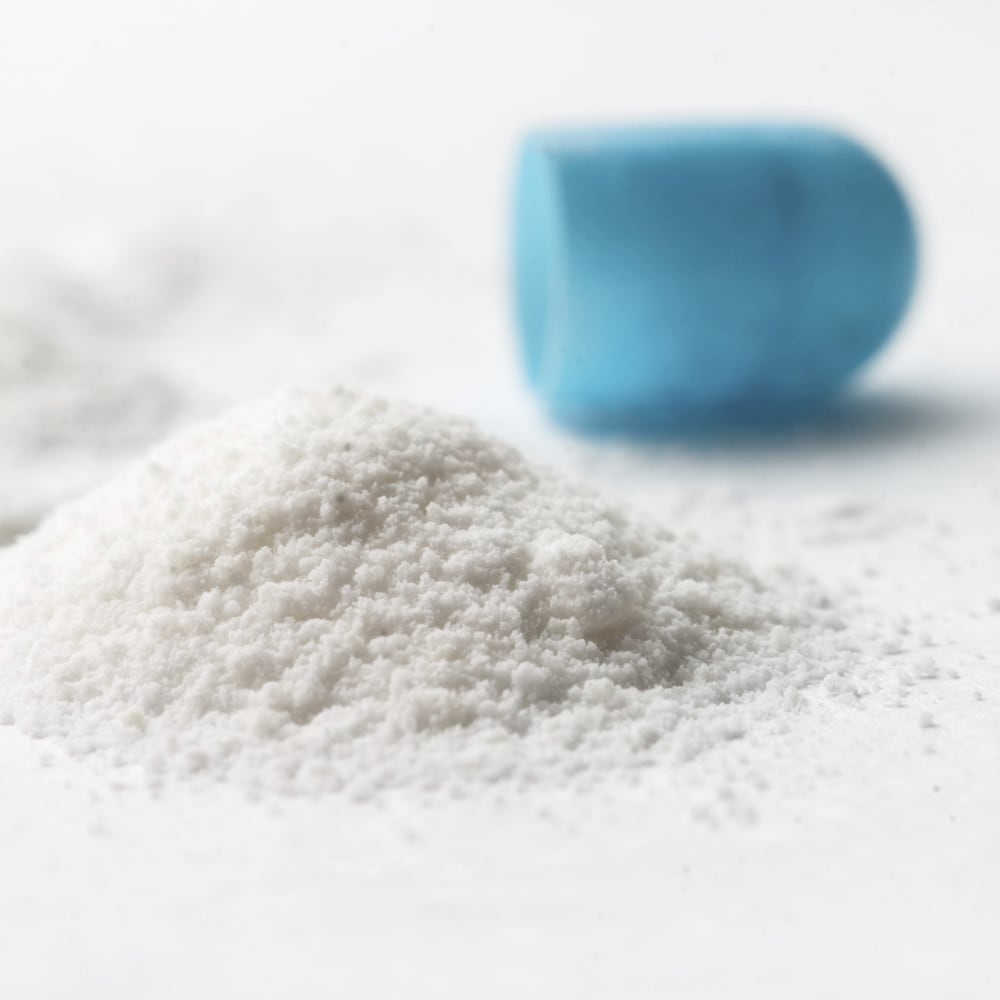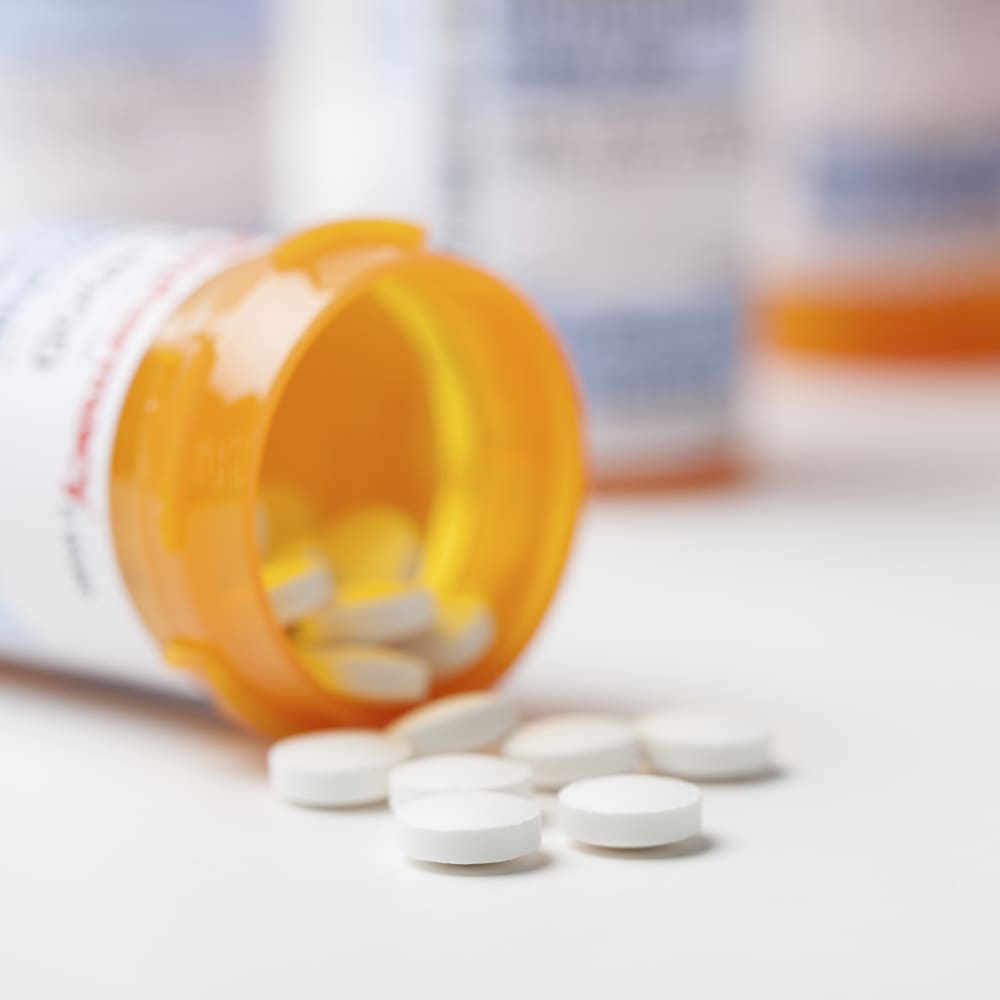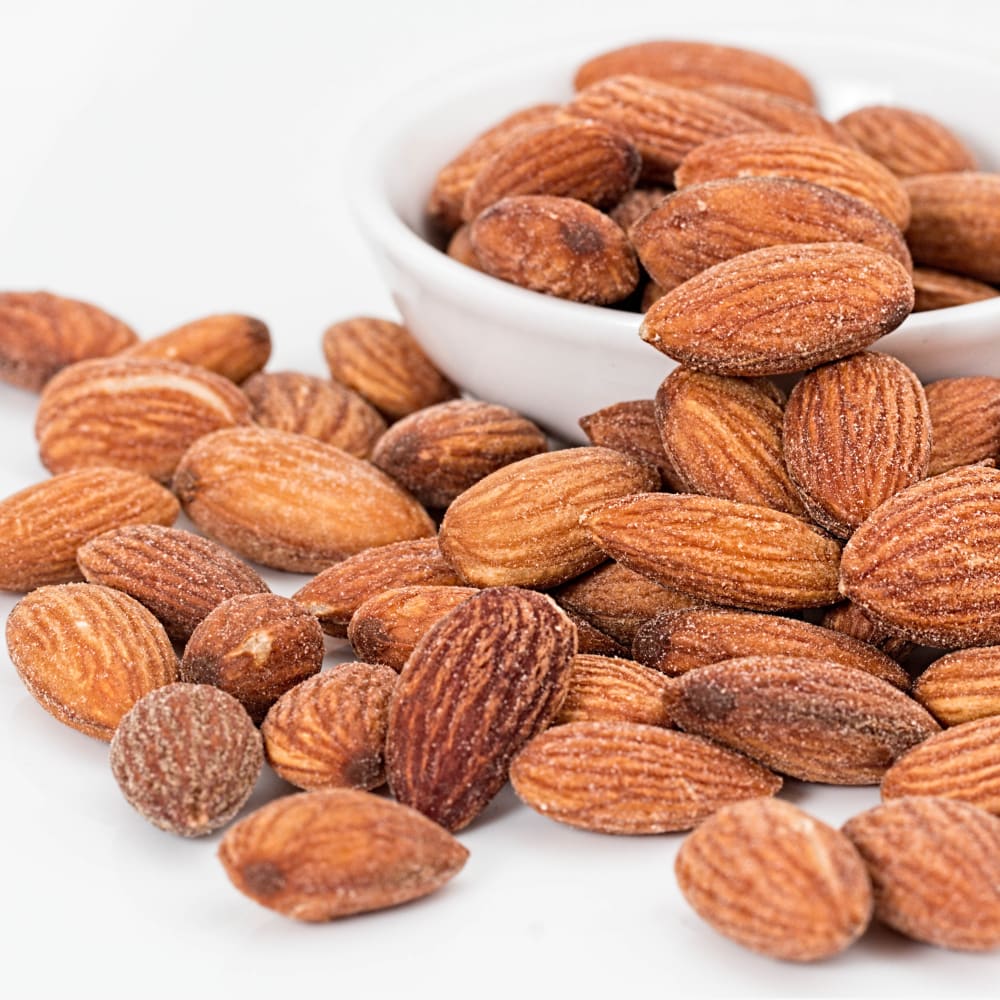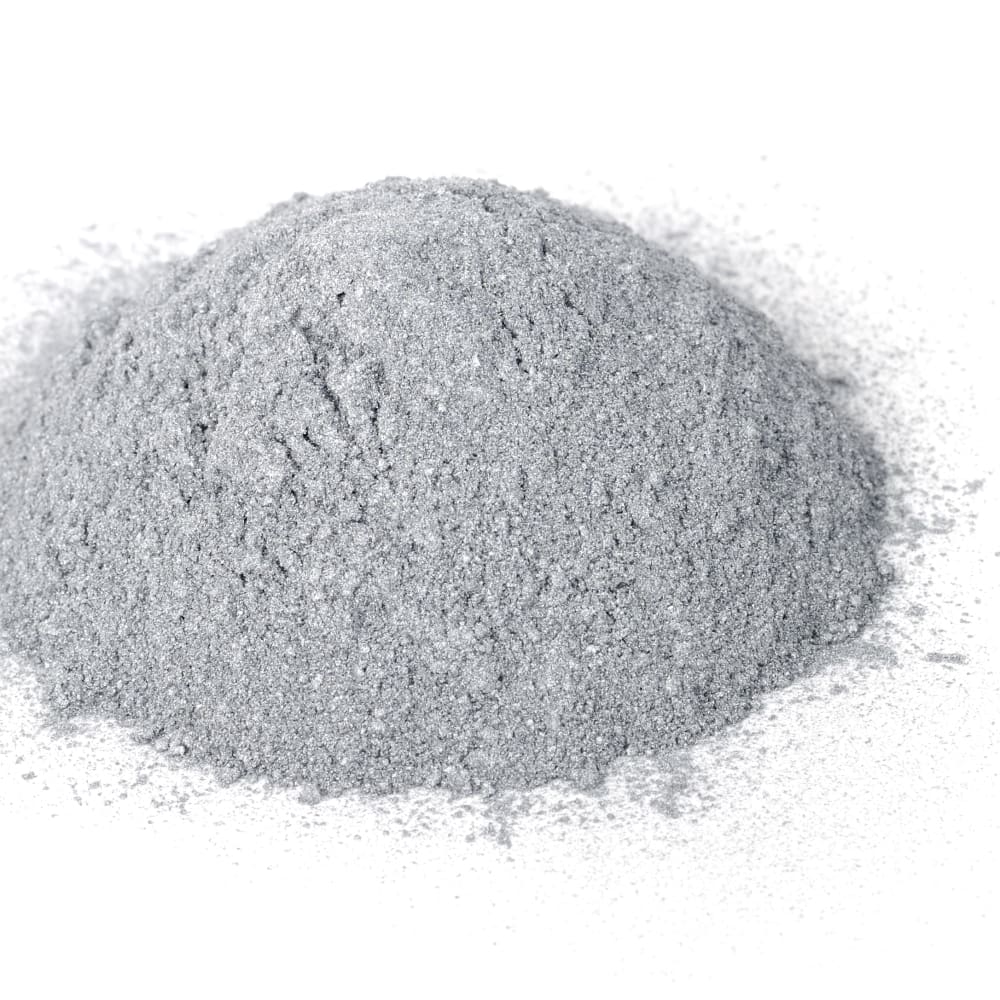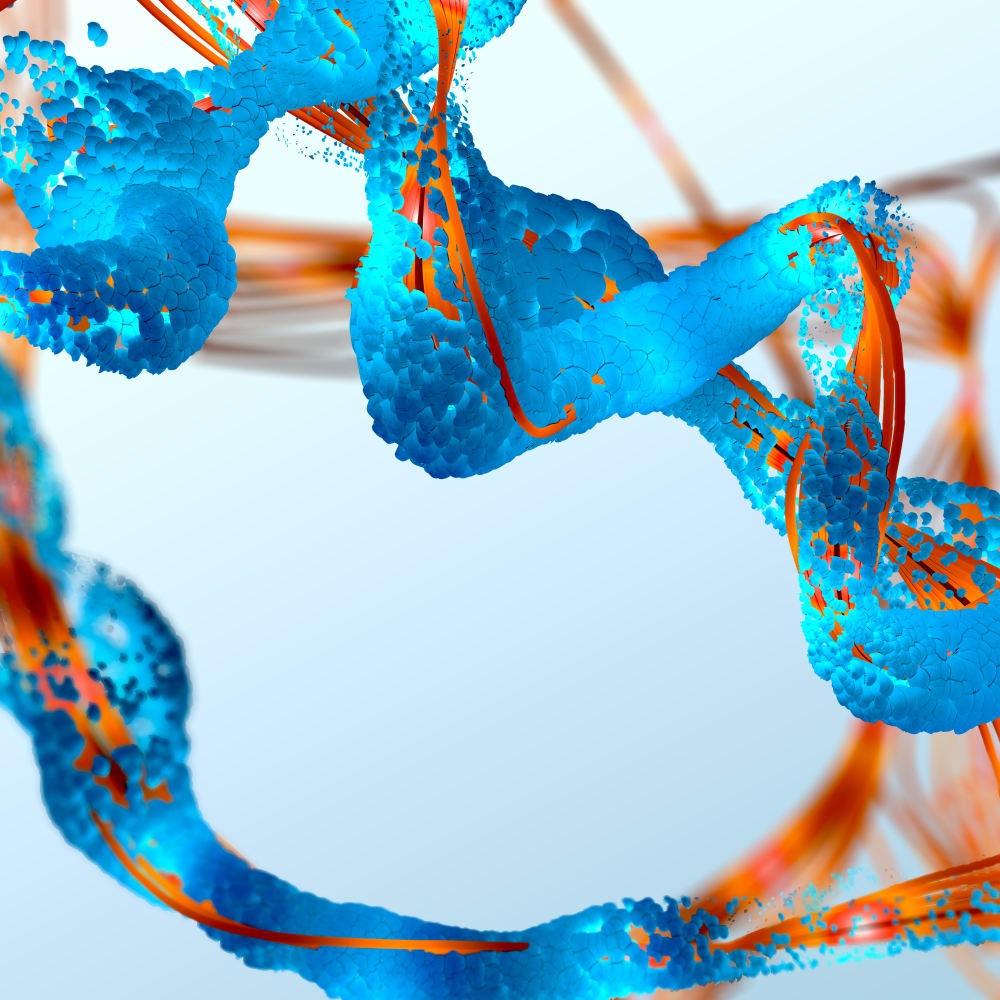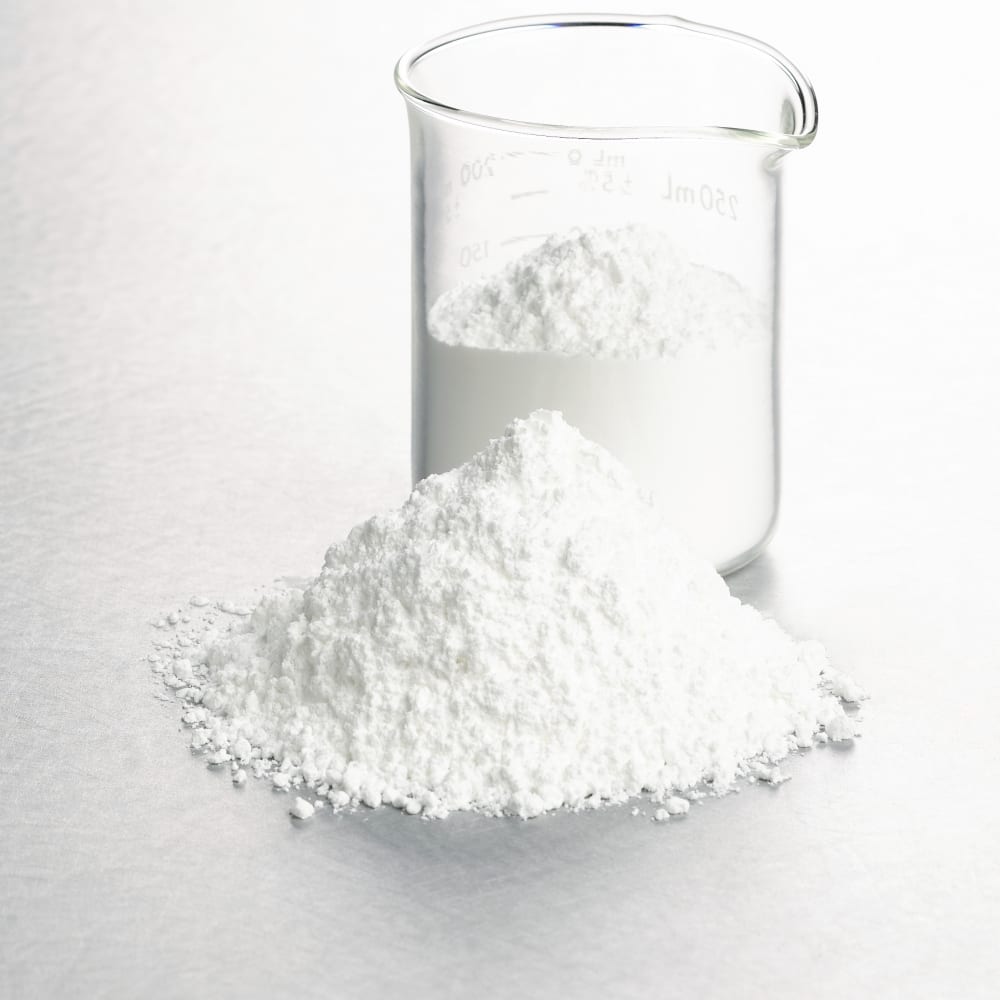Spray Drying of Porcine Lactate Dehydrogenase
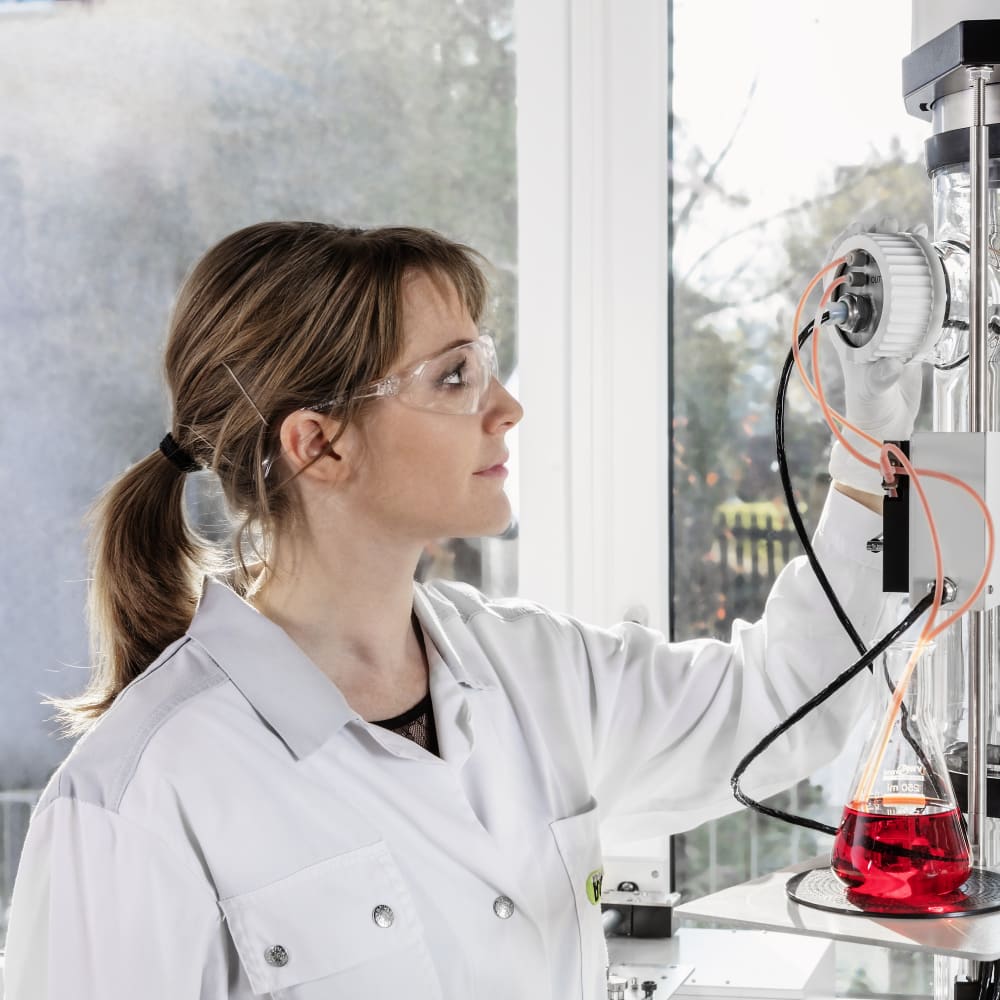
Porcine lactate dehydrogenase (pLDH) is an important enzyme used in various biotechnological and pharmaceutical applications, including diagnostics and drug development. Spray drying has emerged as an effective technique for producing powdered forms of pLDH.
Spray drying of pLDH allows for the production of powders with controlled particle size and morphology, which can be tailored to specific applications. The resulting powders have improved stability, making them suitable for long-term storage and shipping. Additionally, the process preserves the enzymatic activity of pLDH, making it useful for various applications in biotechnology and pharmaceutical industries.
Applications of pLDH powders produced by spray drying include the development of diagnostic kits for detecting diseases, production of biosensors, and drug discovery. The process can also be used to produce pLDH powders with enhanced properties, such as increased stability, shelf life, and solubility.
Overall, spray drying of pLDH offers numerous benefits and has a wide range of potential applications in various industries, including healthcare and biotechnology. Its versatility and adaptability make it a valuable tool for the development of new and innovative products.
Please see the application note No. 625 for starting parameters and some results.
